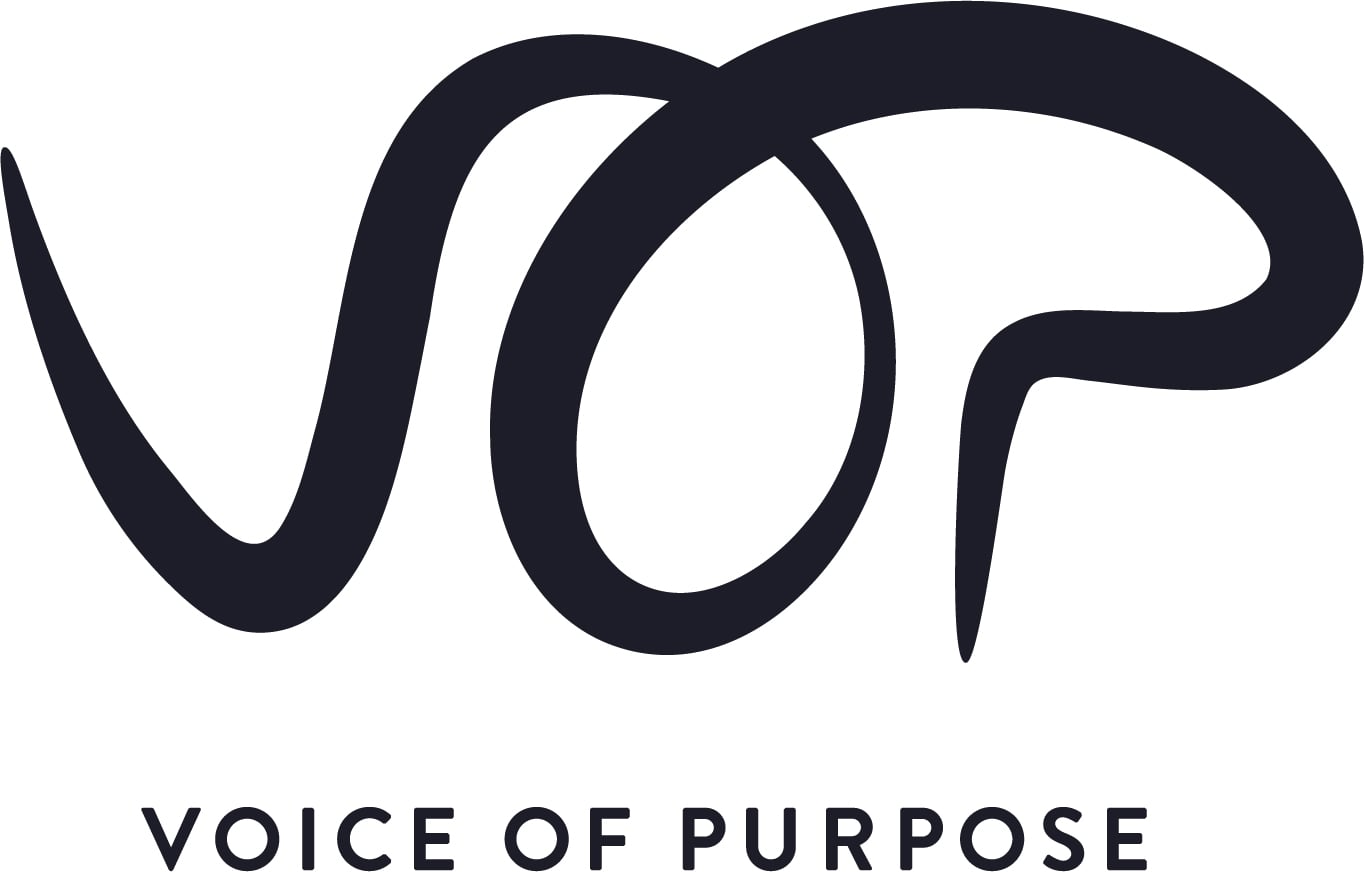In one of our gatherings, an arts administrator pointed out that “All talk no action makes sense in a noun-based culture… English and white supremacy love each other”. Highlighted here, is the link between a chronic lack of “doing” and the larger culture of oppression that makes this all possible.
Our research findings revealed a clear distinction between “saying”, “doing”, “being” and the resulting discrepancies that appear when there is no true movement or action behind any of these sentiments. For example, there is an obvious difference between making a declarative statement about making change (saying) versus investing the money, resource allocation, and complex work to actually make change possible (doing).
When organizations or businesses say that they will stand up for change, in order to remain a part of the conversation and gain trust, but in reality don’t do very much to actually break ground, it is called performative allyship. These are the kind of actions or sayings that are done with the intentions of having “good optics”, and not without any real push for justice.
The truth is that real change must always involve embodiment – the physical and emotional modeling of the values of equity and inclusion. This is not possible without an introspection and accountability scan, where we take a look at how our actions and words synchronize or misalign. It seems as though, for some, language has advanced beyond our actions – Where we are able to articulate and deeply define equity and inclusion, but this process is pigeon-holed exclusively in language; there is no physical manifestation of these core values that actually and adequately reflect the needs of the current reality.
“Really, you can’t have any conversations about making art, without there being conversations of equity but the robustness of those conversations still leaves a lot to be determined” – Arts Funder
While in our research container, participants discussed the glaring gaps that existed between language and action AKA the struggle to “walk the talk”. When translated into real-life scenarios, this discrepancy leads to lack of availability of tools and resources and a lack of models that set folks up for success.
The community arts sector is not immune to the effects of a society steeped in exclusion, which therefore underlines the need for an establishment of best practices, as it pertains to the implementation of equity, inclusion and decolonization within the community arts sector, as a whole. This applies in a general sense, and also needs nuance to include the context of the digital field.
